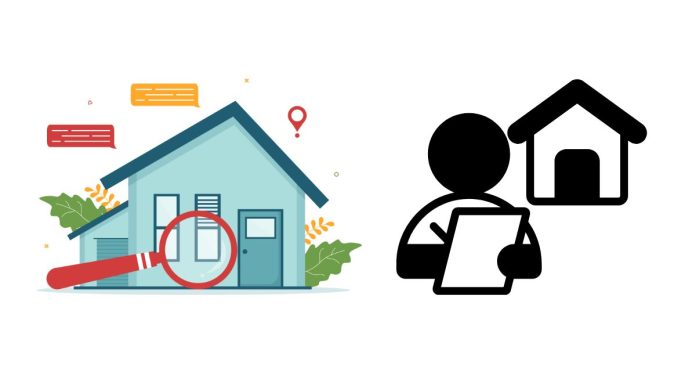When buying a home, a quality home inspection is one of the most critical steps in the process. It provides peace of mind, uncovers potential issues, and helps you make an informed decision about your investment. But as you gather quotes, you might wonder: do home inspections really cost that much? And more importantly, are they worth it? Let’s break down the cost of home inspections, what influences the price, and why paying for a thorough inspection is an investment rather than an expense.
How Much Does a Home Inspection Typically Cost?
In the United States, the cost of a home inspection generally ranges between $300 and $500, with some inspections costing more based on various factors. While this might seem like a significant upfront expense, it’s a relatively small price to pay compared to the cost of unforeseen repairs or issues after the purchase.
Factors That Influence the Cost of a Home Inspection
Several variables can affect how much you’ll pay for a home inspection:
- Size of the Home
- Larger homes take more time to inspect, resulting in higher costs.
- For example, inspecting a 3,000-square-foot home will typically cost more than a 1,500-square-foot home.
- Age of the Property
- Older homes may require additional scrutiny due to outdated systems, potential structural issues, or the presence of materials like asbestos.
- Inspectors may charge more for older properties because they often take longer to evaluate.
- Location
- The cost of inspections can vary by region. In high-cost areas, such as major metropolitan cities, inspection fees are often higher than in smaller towns or rural areas.
- Inspector’s Experience and Certification
- Experienced and highly certified inspectors may charge more, but their expertise can provide a more thorough and accurate assessment.
- Additional Services
- Specialized inspections, such as radon testing, mold assessment, or termite inspections, can add to the total cost.
- Some inspectors offer packages that include these services, which might be worth considering if your area is prone to specific issues.
What Does a Home Inspection Include?
A quality home inspection covers a wide range of areas to ensure the property is safe, functional, and free of major defects. Here’s what’s typically included:
- Structural Components: Foundation, walls, ceilings, and roof.
- Exterior Elements: Siding, windows, doors, and drainage systems.
- Major Systems: Plumbing, electrical, and HVAC.
- Interior Features: Flooring, insulation, and ventilation.
- Appliances: Built-in appliances, if applicable.
While a standard inspection provides a comprehensive overview, it’s important to note that it’s not exhaustive. For example, inspectors usually don’t check for hidden mold, asbestos, or pests unless requested.
Is the Cost Worth It?
Absolutely. Here’s why paying for a quality inspection is a wise investment:
- Uncover Hidden Issues
A thorough inspection can reveal problems that aren’t immediately visible, such as faulty wiring, leaks, or structural damage. Identifying these issues before closing can save you thousands in repair costs. - Negotiation Leverage
If the inspection uncovers significant problems, you may be able to negotiate repairs or a lower purchase price with the seller. - Peace of Mind
Knowing the condition of your potential new home allows you to move forward with confidence, avoiding unpleasant surprises after moving in. - Long-Term Savings
Spending a few hundred dollars upfront can prevent costly surprises in the future, such as a failing roof or outdated plumbing.
Tips for Getting the Best Value from a Home Inspection
- Research Inspectors: Look for inspectors with strong reviews, certifications, and experience. The cheapest option isn’t always the best.
- Ask for Sample Reports: A detailed, easy-to-understand report is a hallmark of a good inspector.
- Be Present During the Inspection: Attending the inspection allows you to ask questions and get real-time explanations of potential issues.
- Request Additional Services if Needed: If the home is in an area prone to termites, radon, or flooding, consider additional inspections to cover these risks.
While the cost of a quality home inspection might seem high, it’s a crucial step in the home-buying process that can save you significant time, money, and stress down the road. Rather than viewing it as an expense, consider it an investment in your future home.
Remember, a good inspector provides more than just a list of issues—they offer insights that help you understand the property’s true condition. So, yes, quality home inspections really do cost around $300 to $500, and for the value they provide, they’re worth every penny.
Have you had a home inspection recently? Share your experience and any tips you have for others in the comments below!


